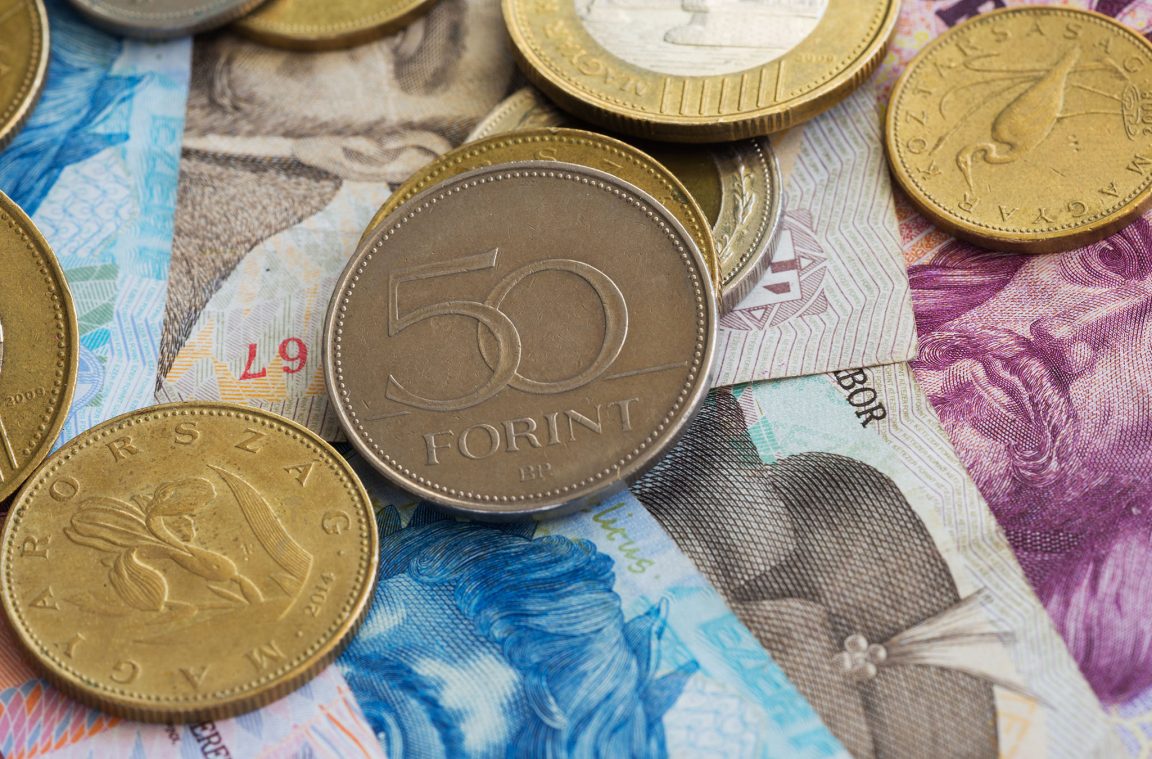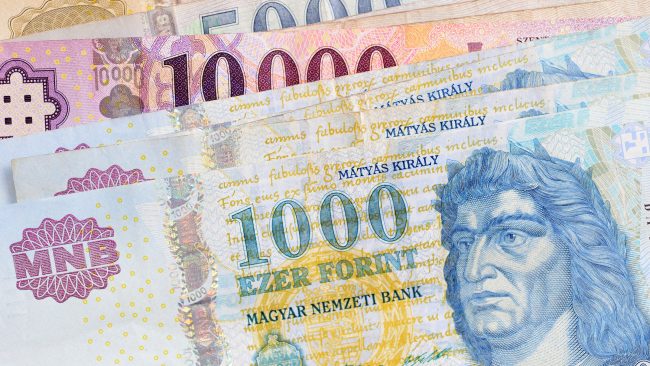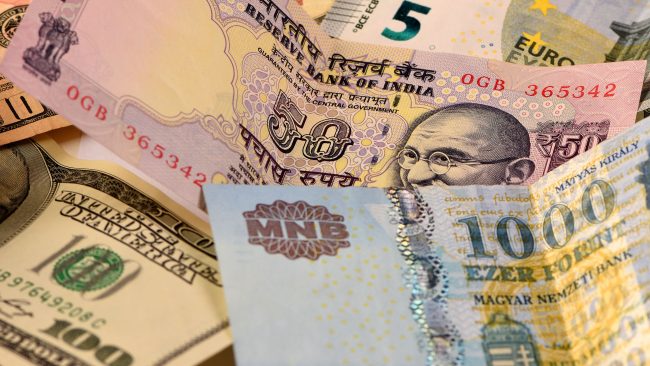Contrary to what many people think, the official currency of Hungary is not the euro. This country maintains its own currency, about which we give you important information. In addition, we tell you how much it is worth compared to other important currencies in Europe and America.
Below you have an index with all the points that we are going to deal with in this article.
Article Index
- 1.
- 1.1.
- 1.2.
- 2.
- 3.
- 3.1.
- 3.2.
Hungarian forint
The currency of use in Hungary is the Hungarian forint or forint. Its ISO code is HUF and its symbol ft. Before this, there were several currencies that were used in the country.
History
In the XNUMXth century, the penza, a gold coin of Byzantine origin, was established in Hungary. However, at this time the exchange of objects, animals and food was still normal.
It is in 1325 when the gold coins called florentine, as they were based on the Florence currency. Carlos I was the architect of this measure, a fact that made him the first European king to establish a monetary system based only on gold. Over time, the coin was renamed forint.
Between 1862 and 1892 it was also known as forint to the currency of the Austro-Hungarian Empire. This was divided into 100 krajczar. Later, between 1927 and 1946, the currency of use was the Pengo, which was divided into 100 filler.
After the Second World War, there was a hyperinflation, so it was decided to change the currency to forint. At that time, a florinto equaled 400.000 quadrillion Pengo.
Current currency
Therefore, the current currency in Hungary since August 1, 1946 is the forint, translated into Spanish as florinth o florin. This is divided into 100 fillets or cents, although since 1996 they are no longer used.
The banknotes that we can find are 500, 1.000, 2.000, 5.000, 10.000 and 20.000 florins. In each of them a Hungarian leader appears as the main image. In 2014, a new series was launched that was renewed until 2019. They are made of cotton and all have dimensions of 154 mm x 70 mm.
As for the coins, there are 5, 10, 20, 50 and 100 florins. Since 1996, the 100 guilder has been bimetallic, the same as the 200 since 2009. That same year the 1 and 2 florin models disappeared.
Since 2012, all coins bear the inscription Hungary, Meaning Hungary. In the previous to this date you can read Republic of Hungary, translated as Republic of Hungary.
Also, some years designs are launched commemorative to celebrate the anniversary of some special event. For this reason, there are commemorative coins of 10, 20, 50 and 100 florins, and 500 and 2.000 notes.
Exchange rate
This is the value of the Hungarian forint compared to other prominent currencies in both Europe and America:
- 100,00 HUF = 0,33 euros (EUR)
- 100,00 HUF = 6,59 Mexican pesos (MXN)
- 100,00 HUF = 1.076,41 Colombian pesos (COP)
- 100,00 HUF = 0,37 US dollars (USD)
- 100,00 HUF = 242,48 Chilean pesos (CLP)
- 100,00 HUF = 5,83 Argentine pesos (ARS)
- 100,00 HUF = 1,20 Brazilian real (BRL)
- 100,00 HUF = 0,29 pounds sterling (GBP)
- 100,00 HUF = 1,20 peruvian soles (PEN)
- 100,00 HUF = 2,69 Guatemalan quetzals (GTQ)
If you are going to travel to Hungary and want to exchange money, you will find exchange offices in the main cities, as well as in the airports. You can also buy florins at banks and some hotels, or withdraw money from an ATM.
In addition, in many establishments they accept payment by card and even with euros. This last method is less recommended, since the change will be more unfavorable to you.
Questions from users
What is the best option to exchange money in Budapest?
To get the best exchange, it is best to compare between several exchange houses. In hotels, airports and banks it is usually worse.
When will Hungary's official currency be changed to the euro?
In principle, the euro was to be established in Hungary in 2007. However, it was postponed to 2020, a date that has since been postponed for several decades, so there is no official date.
This article has been shared 44 times. We have spent many hours collecting this information. If you liked it, share it, please:





